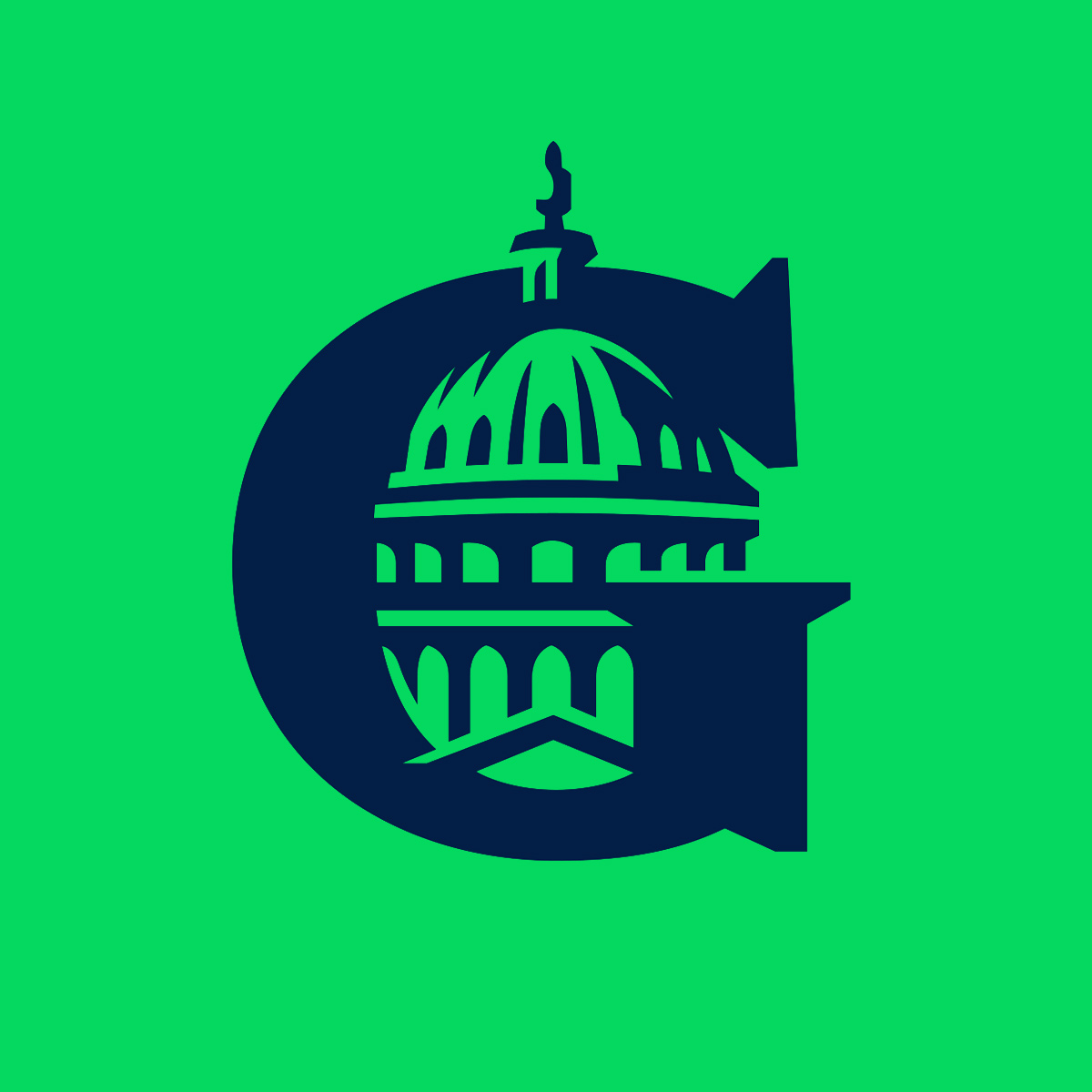Bipartisan Infrastructure Bill
The $1 trillion Bipartisan Infrastructure Investment and Jobs Act passed the Senate 69-30 on August 10. While this bill accomplishes President Biden’s goal of bipartisanship, it faces an uncertain fate in the House of Representatives as progressive Democrats are pressing Speaker Pelosi (D-CA) for even greater spending. It would add nearly $550 billion in new spending, including $284 billion for transportation infrastructure and $264 billion for other infrastructure areas such as power, broadband, and water. These figures come on top of extensions of current highway and other funding.
Overview
The infrastructure bill includes roughly:
- $73 billion for electric grid and power infrastructure
- $66 billion for passenger and freight rail
- $65 billion for broadband investments
- $55 billion for water systems and infrastructure
- $50 billion for Western water storage
- $39 billion for public transit
- $25 billion for airports
- $21 billion for environmental remediation projects
- $17 billion for ports and waterways
- $15 billion for electric vehicles
- $11 billion for road safety
Railway
For passenger and freight rail,the $66 billion breakdown includes:
- Northeast Corridor grants ($6 billion) - This funding will go toward procurement and deferred maintenance backlog that currently exists on Amtrak’s Northeast Corridor between DC and Boston.
- Federal-State Partnership Intercity Passenger Rail ($36 billion) - Northeast Corridor Federal-State Partnership set-aside $24 billion. This program provides funding for capital projects within the US to repair, replace, or rehabilitate qualified railroad assets to reduce the state-of-good-repair backlog and improve intercity passenger rail performance.
- Amtrak National Network ($16 billion) - The Amtrak National Network consists of 15 long distance routes and 28 state supported routes. This funding will provide the rail network with updated station locations and modernizations, as well as safety investments including grade crossings, fencing and collision-prevention technology.
- Consolidated Rail Infrastructure and Safety Improvement (CRISI) ($5 billion) - This program funds projects that improve the safety, efficiency, and reliability of intercity passenger and freight rail. This program leverages private, state and local investments to support safety enhancements and general improvements to infrastructure for both intercity passenger and freight railroads.
- Restoration and Enhancement Grants ($50 million) - This program funds operating assistance grants for initiating, restoring or enhancing intercity passenger rail transportation. Projects such as additional frequency of current services, offering of new on board services, establishing of a newservices, extension of current services are all eligible for these grants.
For the first time, hyperloop is included in the infrastructure bill with explicit support for the NETT Council created by the previous administration within the Department of Transportation.
Public-Private Partnerships
The bill also includes $100 million for asset concession incentives that will be equally distributed over 5 years for technical assistance grants for organizational capacity and grants for expert services. This funding will help communities engage in public-private partnerships (P3s) like asset recycling that generate new revenue and make infrastructure more efficient. It would provide $100 million for grants to facilitate access to expert services and grants to communities to enhance their technical capacity to participate in P3s. This program would be administered by the Department of Transportation and be used for projects eligible under the Transportation Infrastructure Finance and Innovation Act (TIFIA), which currently include highway, transit, rail, intermodal freight, and port access projects. Grantees must demonstrate robust safeguards to protect consumers and state governments from predatory P3 agreements.
It also includes a Value for Money Analysis Requirement which requires applicants for TIFIA and the Railroad Rehabilitation & Improvement Financing loans for projects over $750 million in costs to conduct a Value for Money analysis in order to evaluate the benefits of a P3 financing option for significant projects. While a majority of states have P3 enabling laws, financing a project through a P3 model can be complex and costly. This leads to under-utilizations of the P3 option. Evaluating the value of the P3 model is an important step that is not always taken.
Conducting a Value for Money analysis helps a public entity explore the P3 model against traditional public-sector funding and financing. Through a review of projected, risk-adjusted life-cycle costs, a Value for Money ensures that states and localities are giving the P3 model a fair shot. Through focusing on these projects seeking TIFIA and RRIF loans, DoT will be able to report to Congress on the true utilization of the P3 financing model for those projects of which the P3 model is best suited.
The future is uncertain for this bill due to Democrats’ plan to push through a $3.5 trillion dollar package of additional infrastructure programs using the filibuster-proof budget reconciliation process that includes investments in free community college, child care, paid family leave and efforts to slow and mitigate climate change. Speaker Pelosi has said she will not let the House vote on the first infrastructure bill until the Senate passes this second one too. We will continue to track this legislation and share updates.


